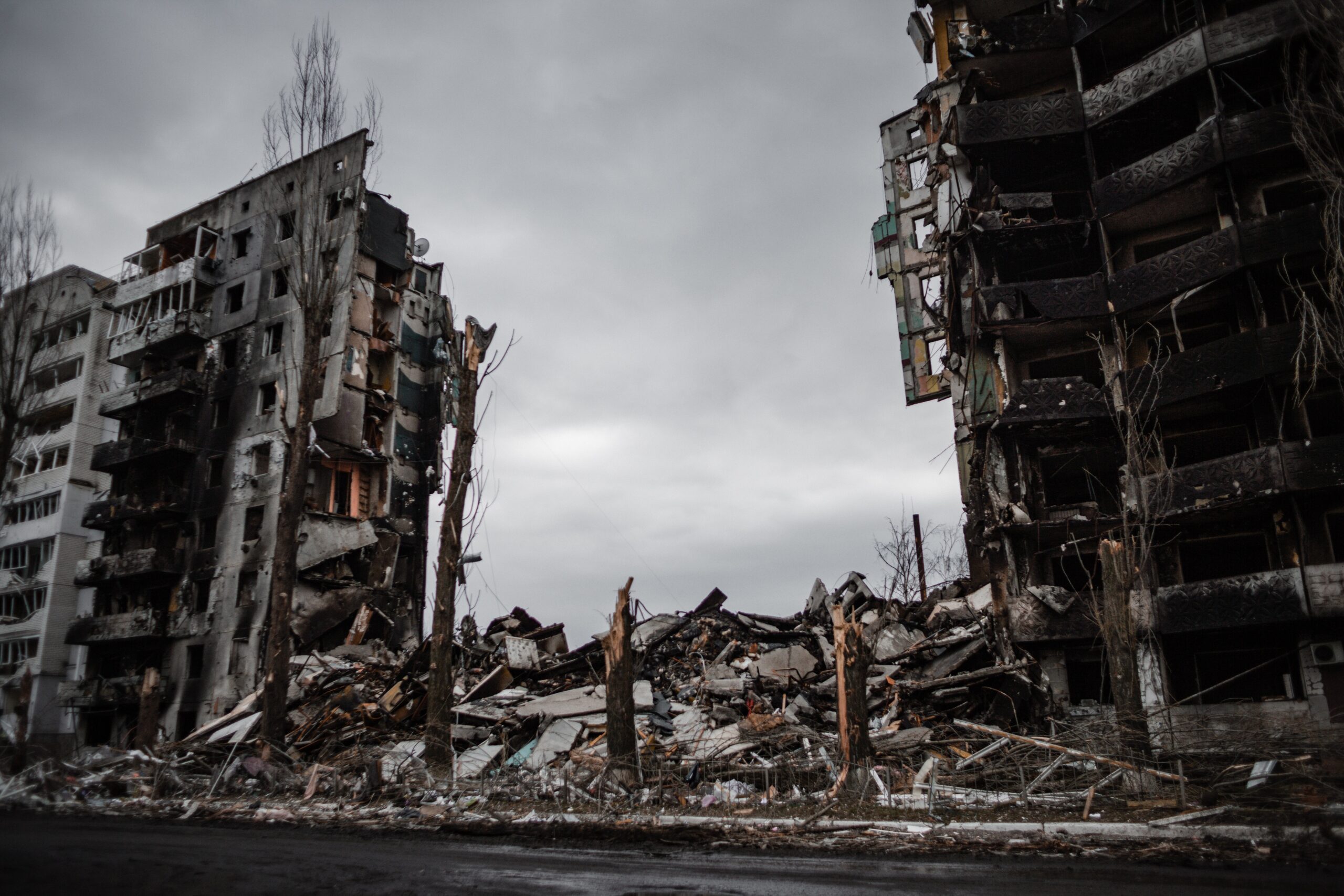In recent decades, bomb shelters or protective bunkers have often been viewed as relics of a grim past, a time when conflicts and wars shaped the lives of generations. But the question remains: Why are bomb shelters still relevant in today’s world?
The History of Bomb Shelters
The concept of protective shelters is as old as humanity itself. During the Stone Age, people sought refuge in caves when danger loomed. In antiquity and the Middle Ages, mighty fortresses provided sanctuary to their inhabitants. The construction of such protective shelters evolved in response to advancements in weaponry. While thick walls of medieval castles offered effective defense against arrows and catapults, the invention of cannons necessitated new shelter designs. The impressive fortifications crafted by French architect Vauban still bear witness to this historical era. It wasn’t until the 20th century that predominantly underground concrete structures, known as bunkers, were established to counter the threats posed by modern weaponry. Initially, bunkers played a primarily military role, but starting from World War II, they were also increasingly needed for civilian populations. This shift was prompted by the emergence of long-range weapons and bomber aircraft, which posed a significant threat to civilian populations far from conflict zones.
Bunker Development in the 20th Century
During World War II, protective shelters were often hastily improvised in existing cellars, subway stations, or caves. Even these rudimentary bunker facilities saved the lives of thousands of people. However, the advent of nuclear weapons towards the end of the war introduced a new threat, ushering in the era of the “Cold War” that would persist until the early 1990s. The characteristics and dangers of nuclear weapons posed fresh challenges for shelter planners. Nuclear weapons not only exerted immense air pressure but also unleashed extreme heat, intense radioactive direct radiation, and long-term radioactive fallout. Atomic bunkers had to be designed to offer maximum protection against these threats, rendering the classic “air raid shelter” of the World War era obsolete.
Different countries adopted varying strategies during the Cold War. While countries like Switzerland and Finland aimed for comprehensive civilian protection with widespread civil defense facilities, countries like Germany only provided shelter capacities for single-digit percentages of their populations. Primarily, bunkers were constructed for military installations, government institutions, and parts of the administration. A comprehensive defense for all citizens seemed impractical and costly. With the fall of the “Iron Curtain” and the dissolution of the former “Eastern Bloc,” the 1990s appeared to usher in a period of global political relaxation and peace.
Developments in the New Millennium
Geopolitical developments in the new millennium initially seemed to affirm the optimistic outlook that major wars and catastrophes, at least in Europe, were a thing of the past. In the spirit of the so-called “peace dividend,” substantial budget cuts were enacted in Germany for civil defense, disaster preparedness, and the military. Since 2007, all investments in civil defense facilities have been halted. Existing facilities were either dismantled or left to decay. However, with the emergence of new geopolitical tensions, global crises such as climate change and pandemics, the rise of new rivaling power blocs, and the onset of the Ukraine conflict, some European governments and their populations have become aware once again of their vulnerability in times of crisis. In Germany and elsewhere, discussions are now underway about civil defense concepts. Nevertheless, the establishment of NBC-protected facilities for “everyone” is not envisaged. Ordinary citizens are expected to prepare for themselves, such as by creating private emergency supplies.
Private Bunkers as a Preparedness Solution
Due to their construction, bunkers can serve as secure spaces protecting against a variety of potential threats, from industrial disasters and terrorist attacks to civil unrest and warfare. Even protection against nuclear weapons is possible in a private bunker. Nowadays, experts consider the limited use of so-called “tactical nuclear weapons” as significantly more likely than a global nuclear war, which would have no true “winners.” The nature of the threat has evolved. Of course, a standard civilian shelter cannot withstand a direct nuclear strike, but depending on the weapon’s strength, survival after a nuclear explosion a few hundred meters to a few kilometers from the blast site is possible in such a bunker. Moreover, subsequent radioactive fallout can be effectively endured in an underground shelter with ABC filters. Experts estimate that radioactivity levels will return to safe levels within 7-14 days after a nuclear explosion. At that point, occupants can typically leave the shelter.
Conclusion: The Need for Preparedness
Then, as now, the world is unfortunately not a peaceful place, and efforts for peace and stability are frequently shaken by conflicts and disasters that often strike suddenly and unpredictably. In such circumstances, it can be too late to take action. Good preparedness pays off, which is why bunkers remain relevant even today.
If you are considering a private bunker for your safety and preparedness needs, contact Vera_Oeckl_ArWeDe_KLG for expert advice and solutions.

